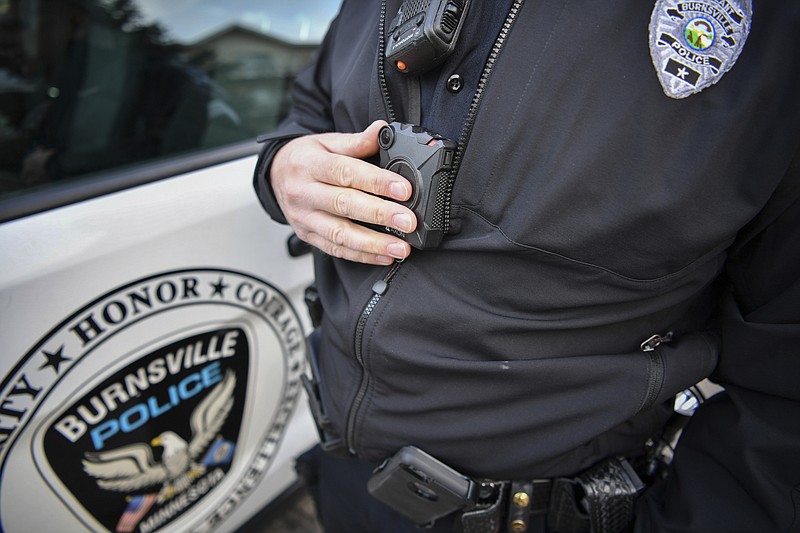MINNEAPOLIS (AP) - Police and protesters heralded the arrival of the body camera as a critical window into officers' everyday activities after the unrest in Ferguson.
But as the killing of an Australian woman by a Minneapolis officer over the weekend showed, the technology depends on officers turning on their devices. And often they don't do so.
Officer Mohamed Noor fatally shot 40-year-old Justine Damond on Saturday night while responding to an emergency call Damond placed to report a possible sexual assault near her house. Like the rest of the city's officers, both Noor and his partner had body cameras but didn't turn them on until after the shooting. It's not clear why the officers hadn't switched on their cameras.
Damond's death offered a tragic example of a common problem departments have grappled with in the rush to equip officers with body cameras. Though millions of dollars in federal and state grants have helped make the cameras standard equipment in major cities, their effectiveness still often depends on the officers who wear them.
A Department of Justice Investigation chided police officers in Albuquerque, New Mexico - an early adopter of the technology - for failing to turn on their cameras, citing a lack of both training and supervisor enforcement. An outside investigator found Denver police officers captured just one in four use-of-force incidents during a 2014 pilot project, due in large part to officers forgetting to turn their cameras on.
Data from March released by the Minneapolis Police Department and published by television station KSTP show officers wearing body cameras there recorded a little less than 20 minutes of footage for every eight-hour shift. Criminal justice experts said that number seemed low and was cause for a review underway among top city officials.
"I think all cities are in this learning curve where they're having to see if officers are turning on their cameras," Chuck Wexler, executive director for the Police Executive Research Forum, said. "This is still a new technology. This is going to take some time to make it part of the DNA of what the police do."
Cities across the nation have struggled to balance the need to capture footage with protecting individuals' privacy and safeguarding against high storage costs for terabytes of recordings. The response has been narrow requirements for when an officer needs to flip on his or her camera.
The cameras aren't intended only to catch wrongdoing; they are also seen as a way to protect officers from being unfairly accused. Just this week, an Alabama police chief said body-camera video cleared his officers after false claims circulated on social media that they had beaten a suspect and tossed him from a bridge.

